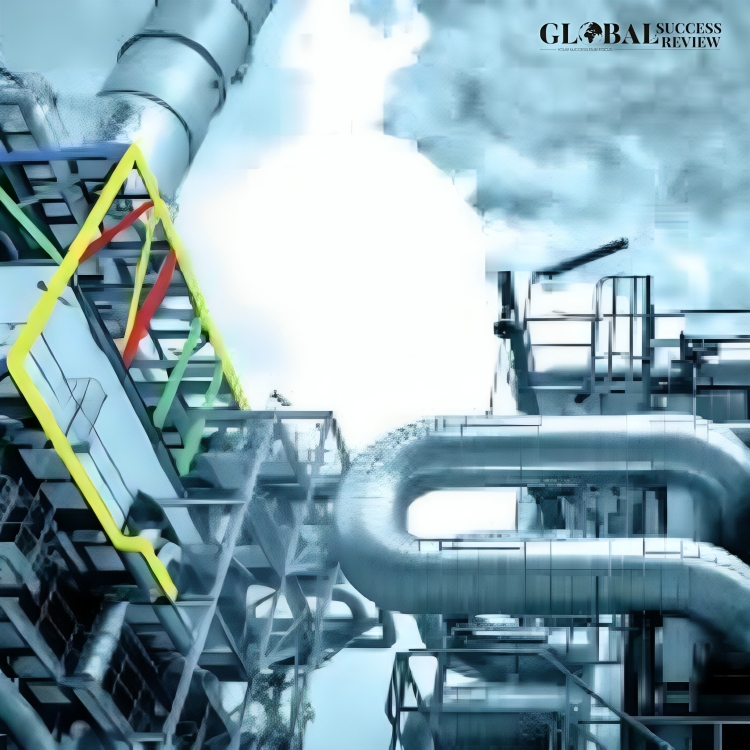The oil and gas industry stands as one of the most vital sectors in the global economy, fueling transportation, manufacturing, and energy generation across the world. However, it is also one of the most complex, facing a wide array of challenges that range from market volatility and environmental concerns to technological transitions and geopolitical risks. Here are ten key challenges shaping the future of the oil and gas industry:
1. Price Volatility
Oil prices are notoriously unpredictable. Influenced by geopolitical tensions, natural disasters, market speculation, and shifts in supply and demand, this volatility poses significant challenges for investment planning and operational stability. Companies must develop resilient strategies to remain profitable during both booms and downturns in the market.
2. Energy Transition and Decarbonization
The global push toward renewable energy sources and carbon neutrality is reshaping the energy landscape. Governments, investors, and consumers are demanding cleaner, more sustainable energy solutions. Oil and gas companies are under immense pressure to reduce emissions, invest in clean energy technologies, and demonstrate a commitment to environmental responsibility while maintaining profitability.
3. Aging Infrastructure
Much of the world’s oil and gas infrastructure is aging, particularly in mature markets such as North America and the North Sea. Maintaining and upgrading pipelines, refineries, and drilling equipment is not only expensive but also crucial for safety and efficiency. Delays or failures in infrastructure can lead to environmental disasters and reputational damage.
4. Workforce Challenges
The industry faces a dual workforce dilemma: an aging workforce nearing retirement and a shortage of skilled young professionals willing to join a sector often viewed as environmentally unfriendly. Attracting, training, and retaining talent especially in technical roles—is a pressing concern for sustained industry growth.
5. Regulatory Pressure and Compliance
Oil and gas companies must comply with a growing web of regulations at local, national, and international levels. These regulations cover emissions, safety, land use, taxation, and more. Non-compliance can result in hefty fines, project delays, and even license revocations. Adapting quickly to regulatory changes while keeping operations efficient is a constant balancing act.
6. Geopolitical Instability
Many of the world’s largest oil reserves are located in politically unstable regions. Conflicts, sanctions, regime changes, and diplomatic tensions can disrupt supply chains and impact global prices. Companies operating in such environments must account for security, legal uncertainty, and economic volatility.
7. Environmental and Social Responsibility
Beyond reducing emissions, oil and gas companies are increasingly being held accountable for their broader impact on communities and ecosystems. This includes issues such as water usage, biodiversity, indigenous rights, and local development. Social license to operate—public acceptance and approval—has become just as important as legal permits.
8. Technological Innovation and Digitalization
While digital transformation offers great promise for the industry through automation, predictive maintenance, and data-driven decision-making, it also presents challenges. Implementing new technologies at scale requires significant investment, cultural shifts, and cybersecurity resilience. Companies that fail to adapt risk falling behind more agile competitors.
9. Capital Access and Investment Shifts
Investors are increasingly prioritizing Environmental, Social, and Governance (ESG) criteria when allocating capital. Traditional fossil fuel projects are being scrutinized or excluded by major funds. This shift forces oil and gas companies to reevaluate project feasibility, align with ESG goals, and diversify investment portfolios.
10. Supply Chain Disruptions
The COVID-19 pandemic exposed the vulnerabilities of global supply chains, and the oil and gas sector was no exception. Delays in equipment deliveries, labor shortages, and transportation bottlenecks disrupted operations worldwide. Going forward, building more resilient, flexible, and localized supply chains will be critical for operational continuity.
Conclusion
The oil and gas industry is at a pivotal moment in its history. Facing a complex mix of environmental, economic, and societal challenges, companies must adapt with agility, innovation, and responsibility. Those that embrace transformation while maintaining core operational excellence will be best positioned to thrive in an evolving global energy ecosystem. The path ahead is uncertain, but it is also full of opportunity for those ready to lead the charge toward a more sustainable and resilient future.



















